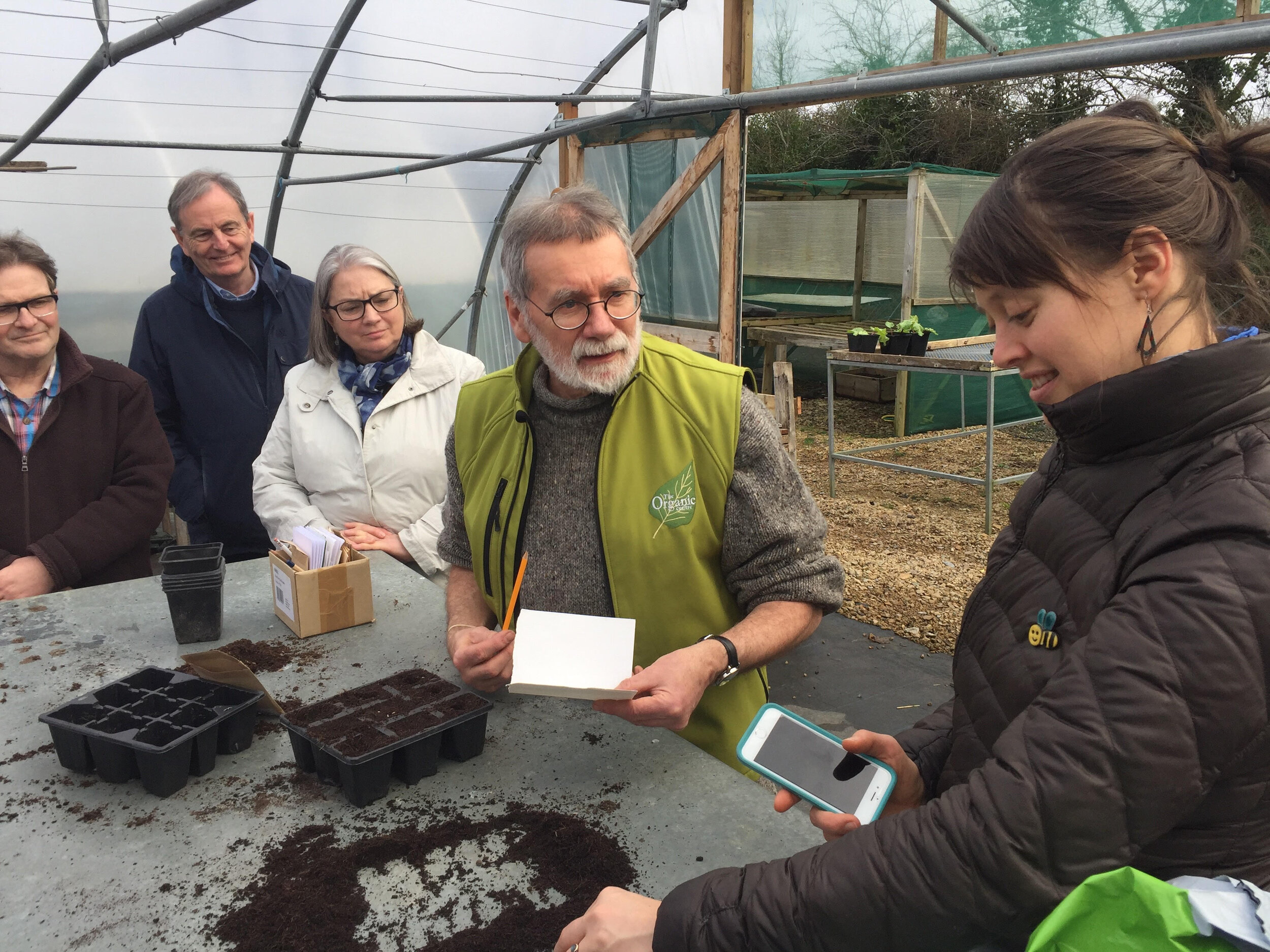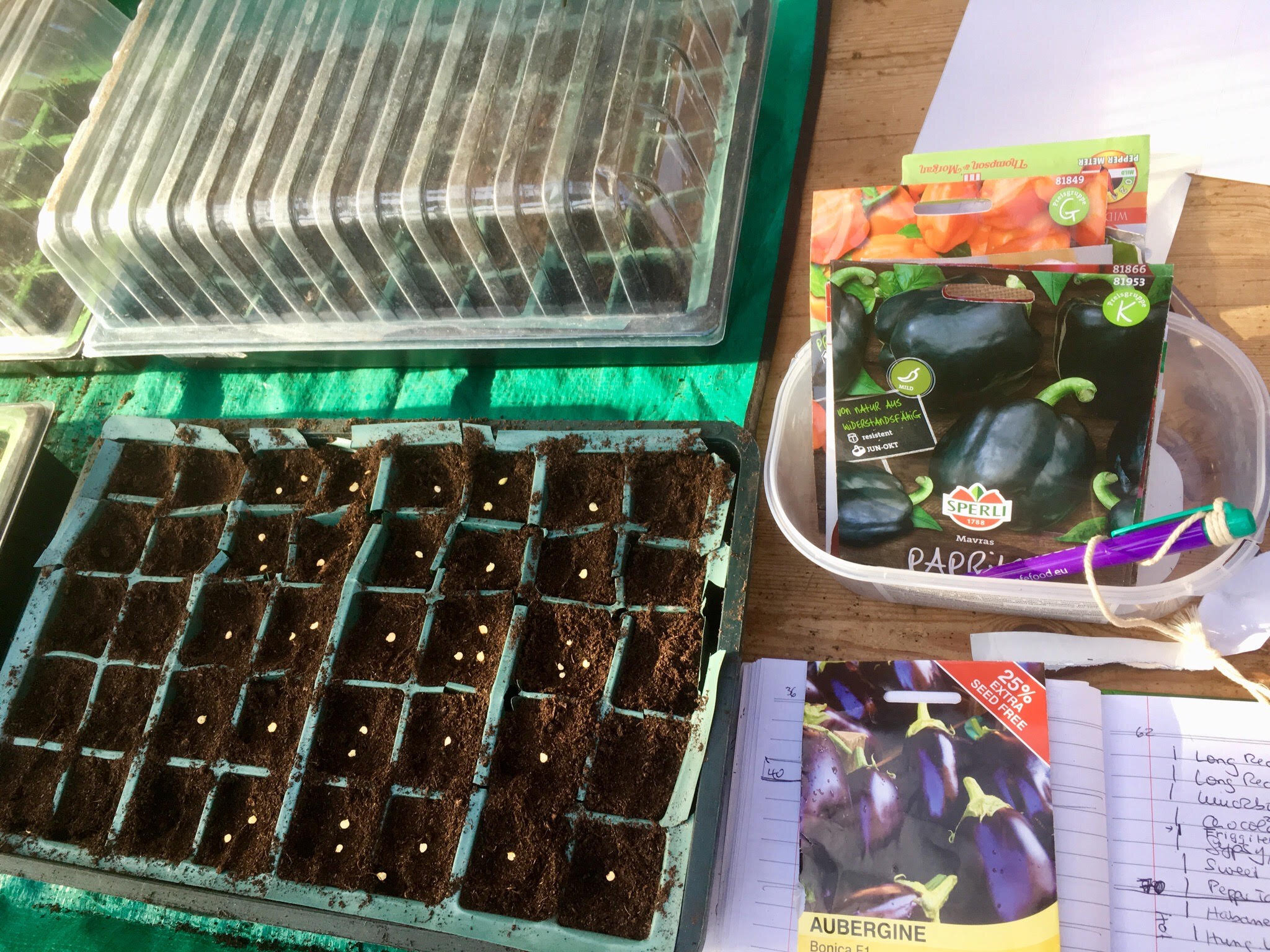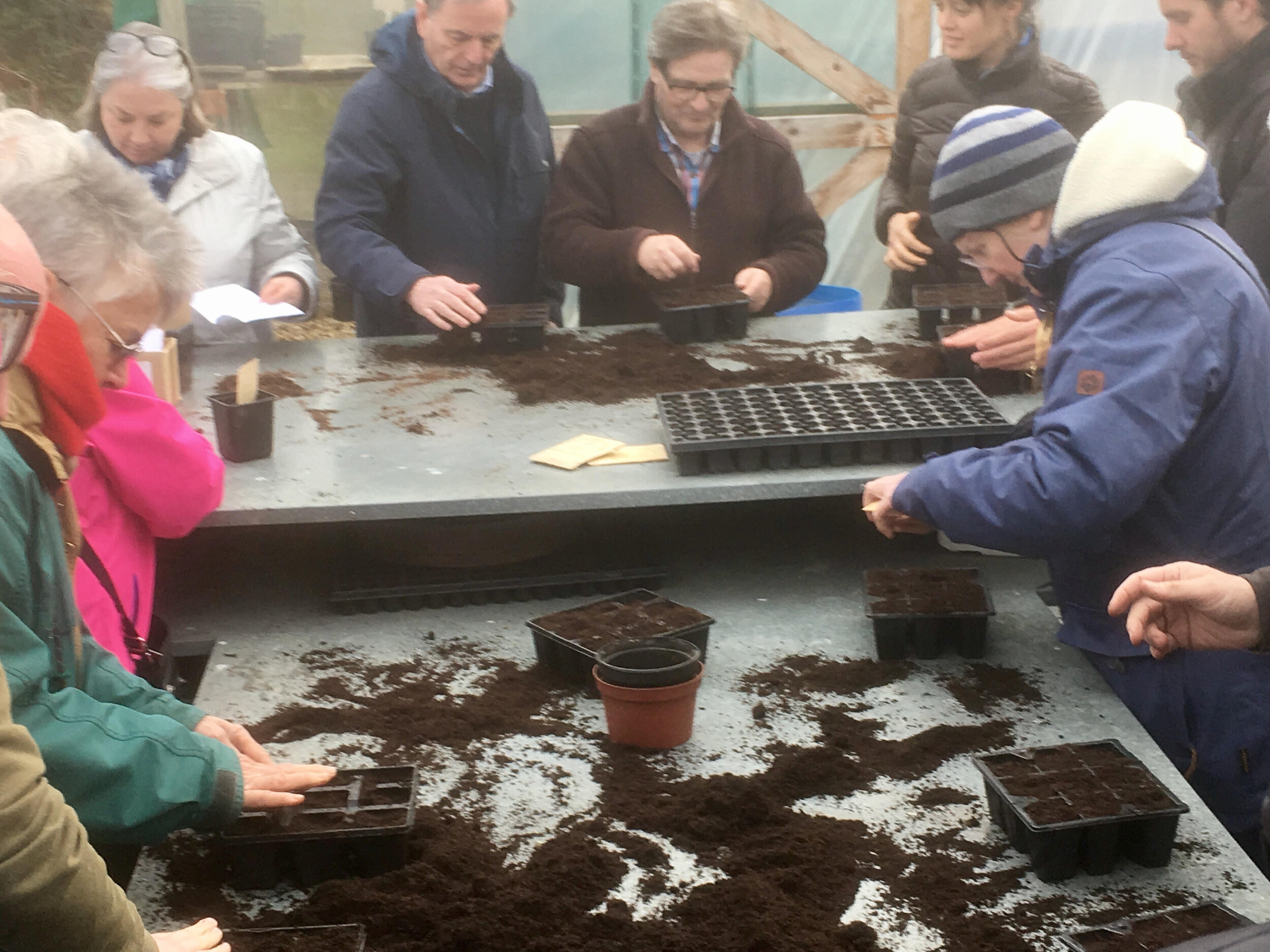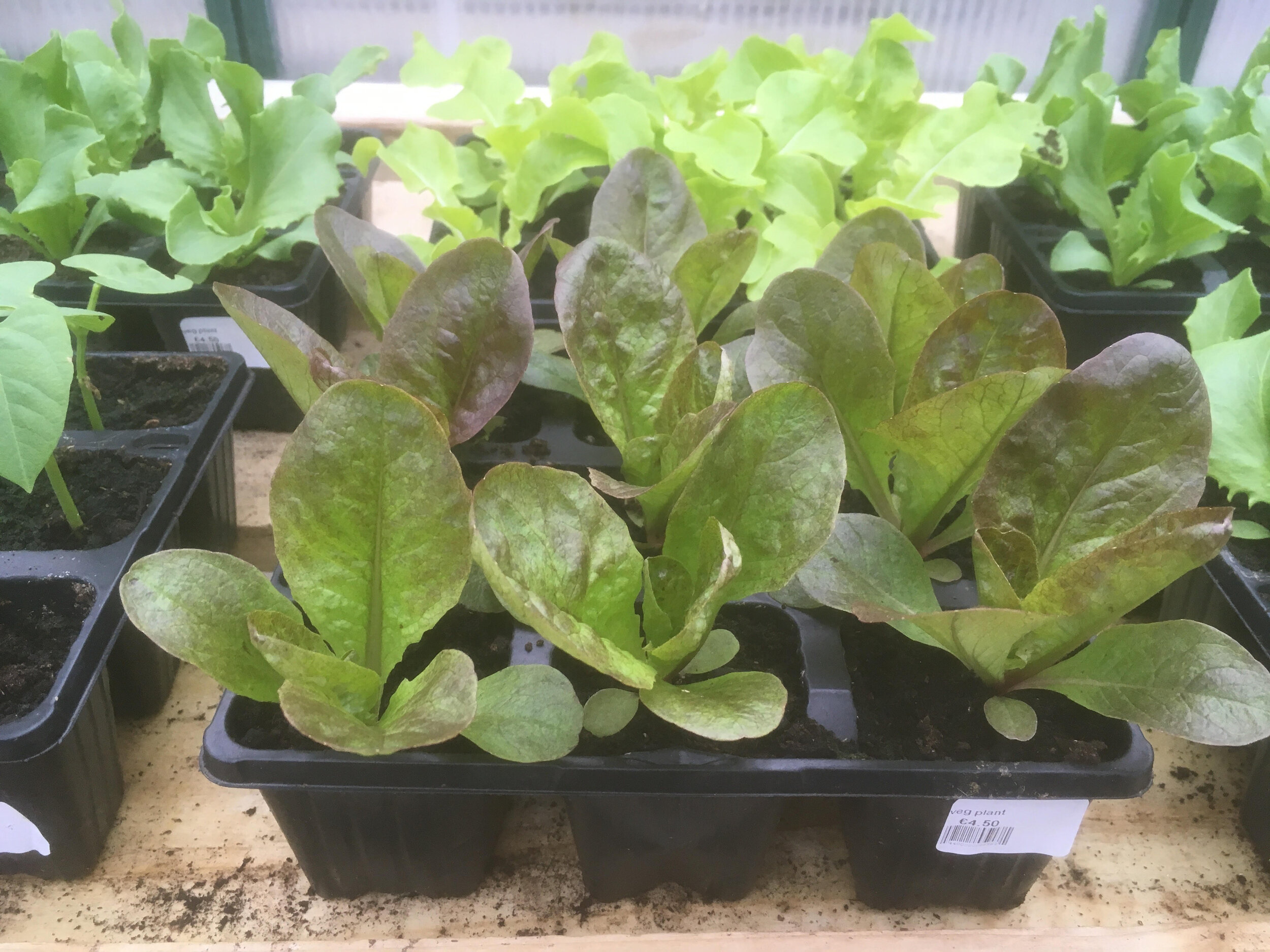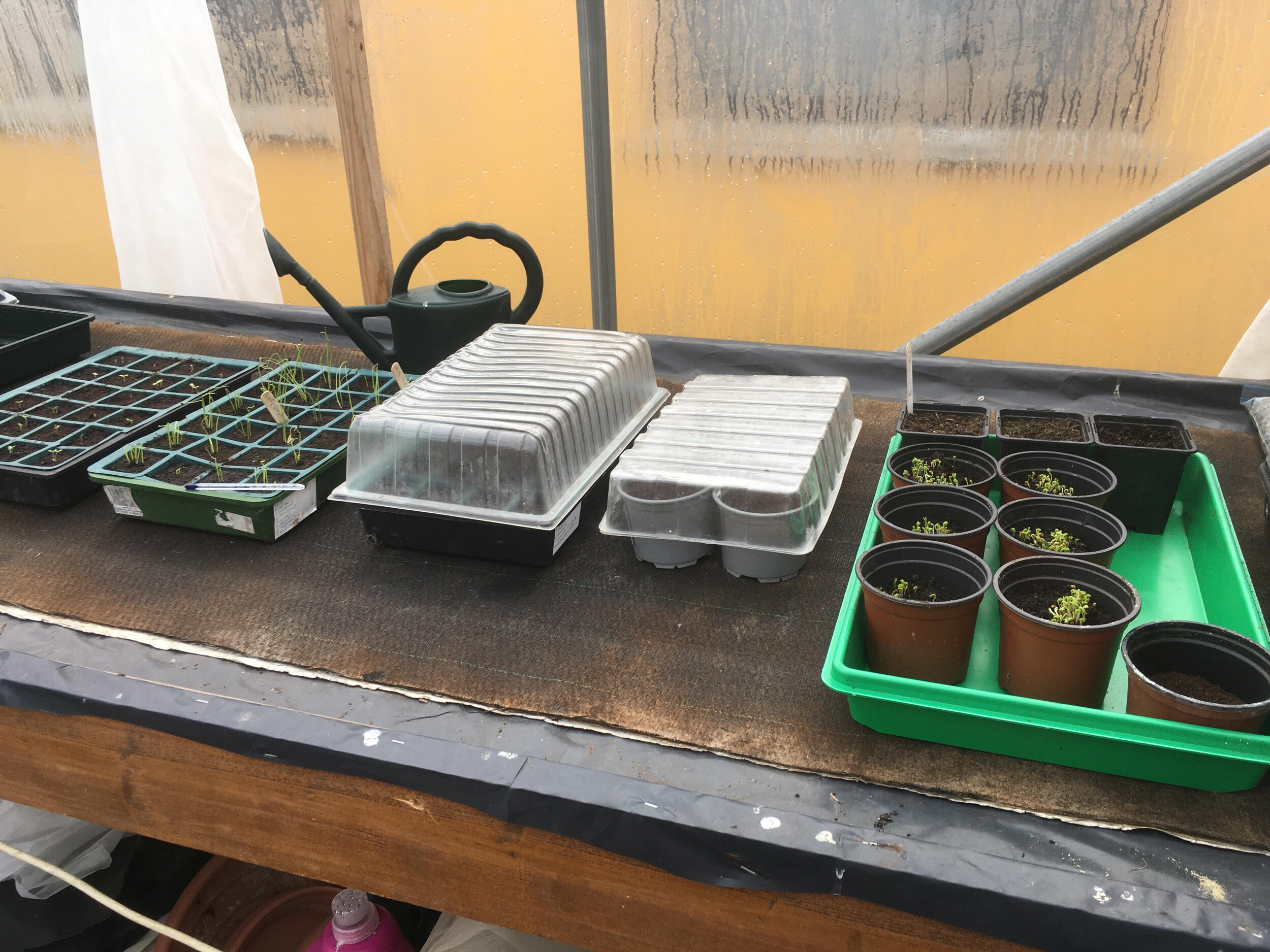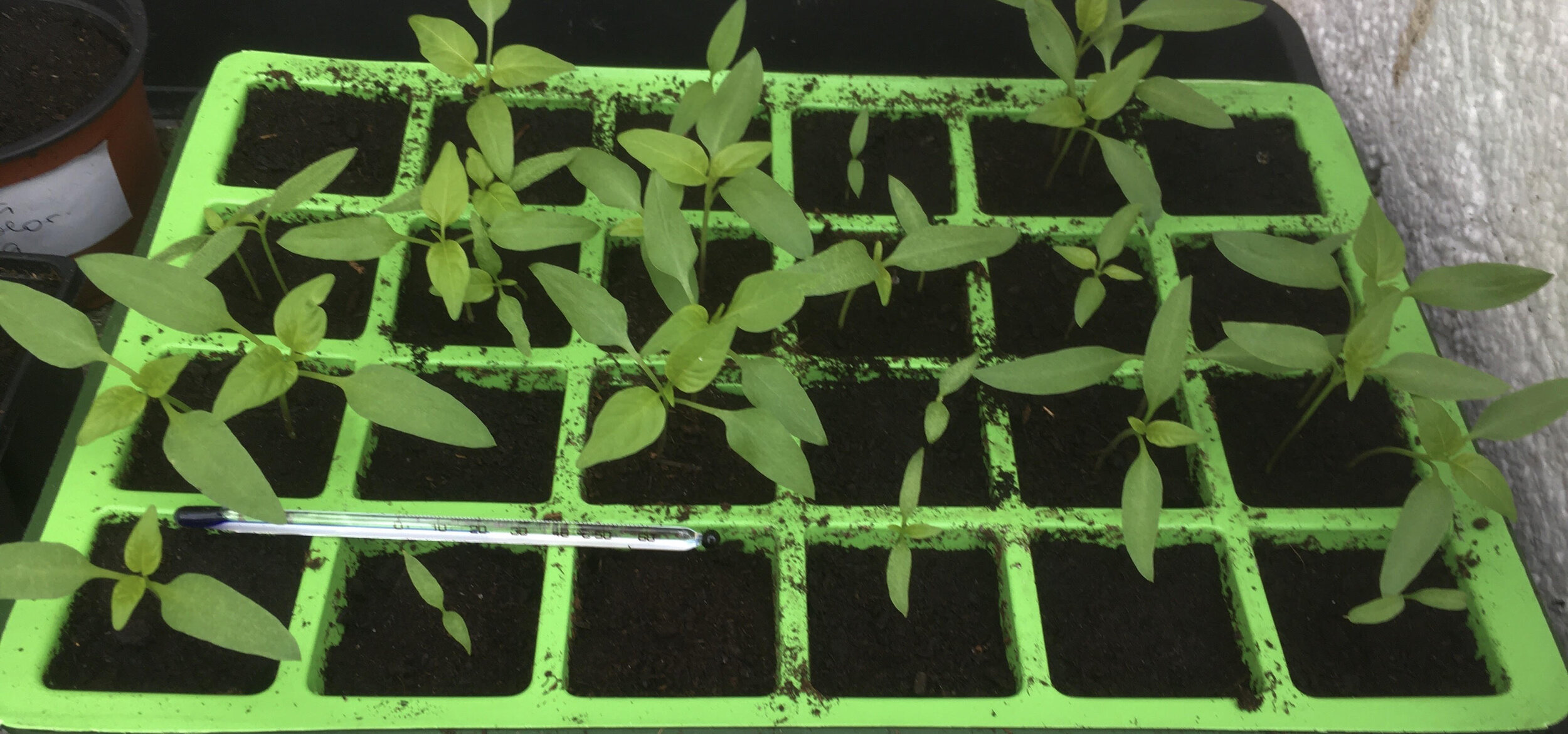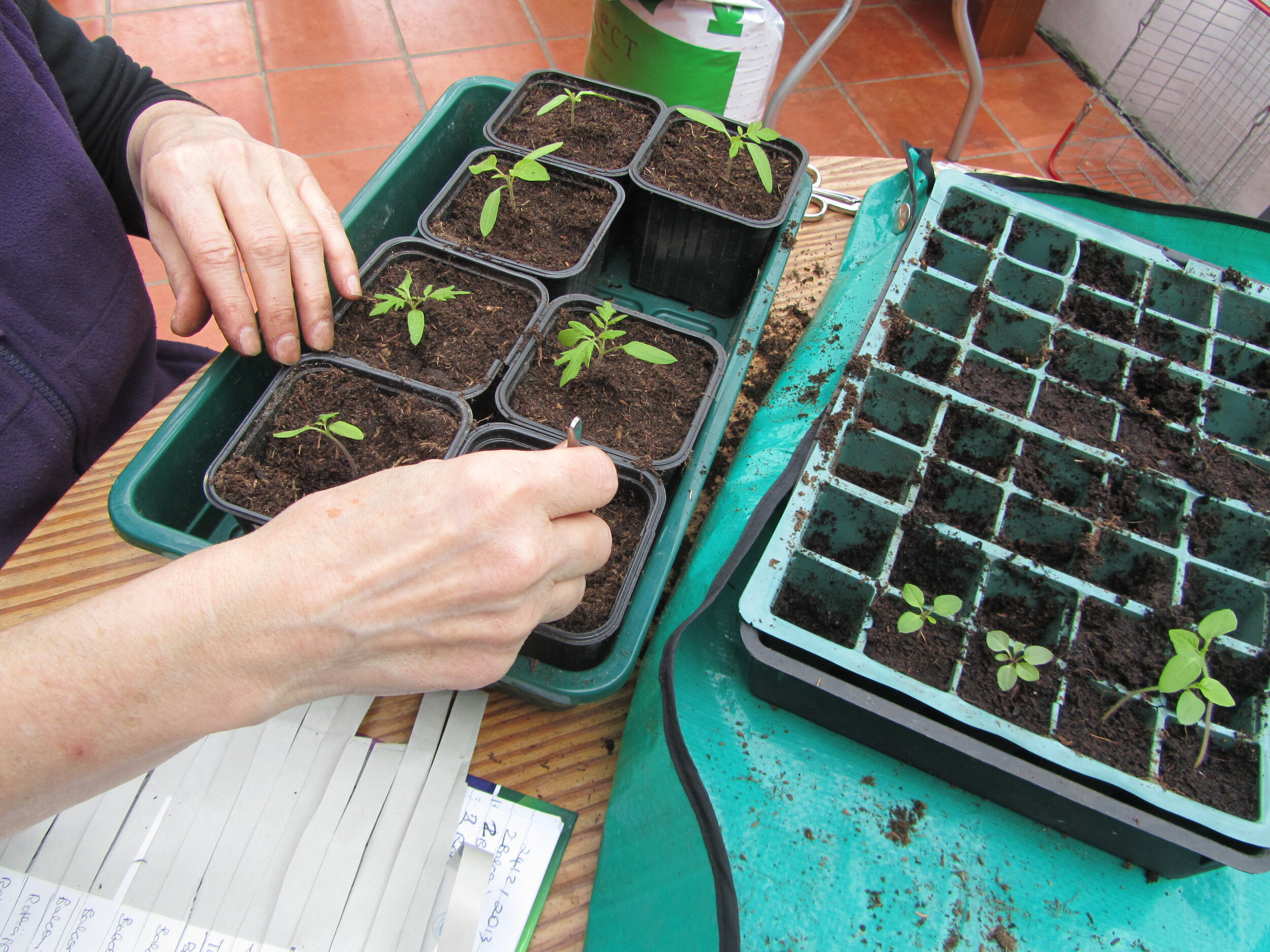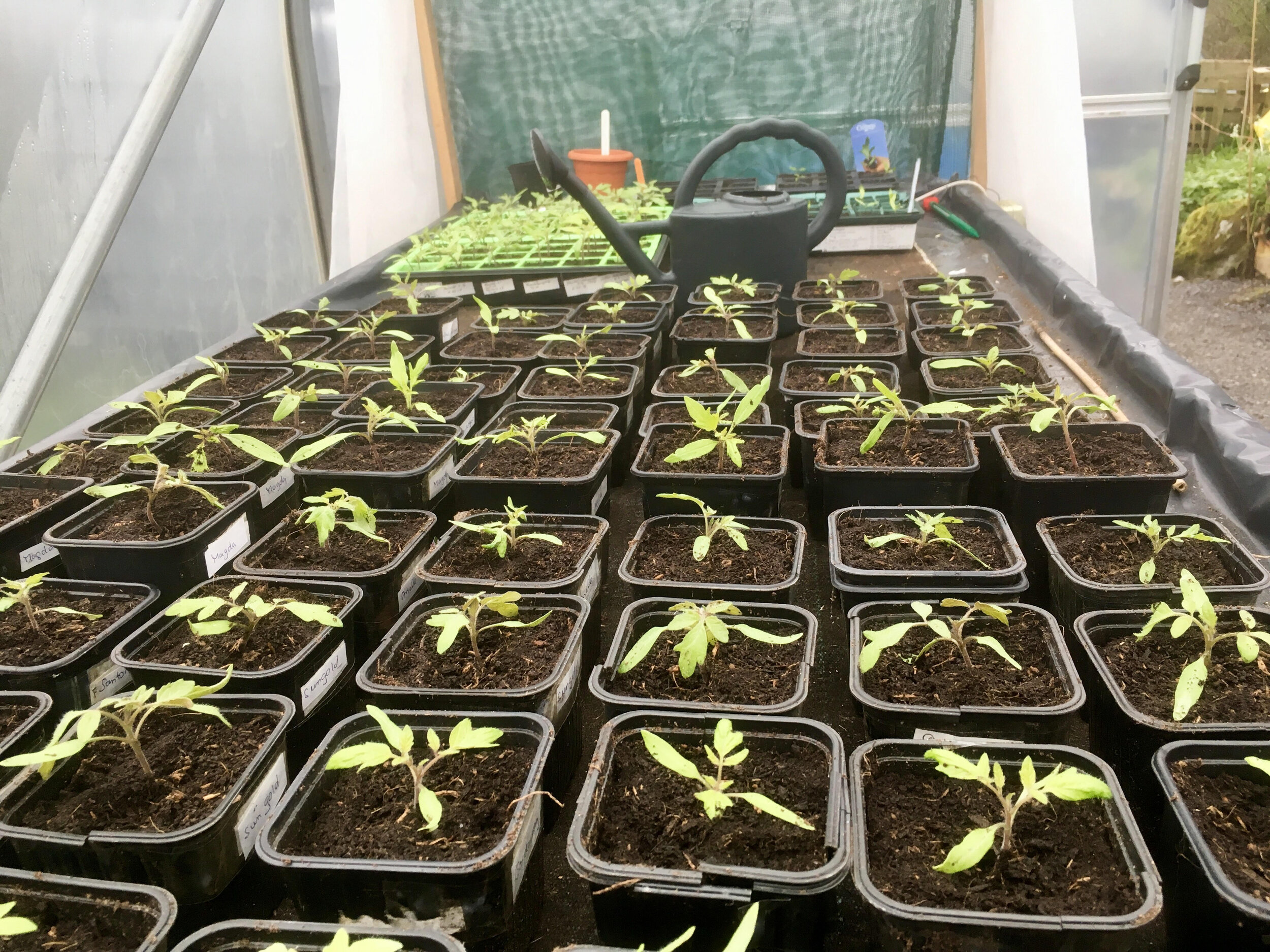Basic Guide to Sowing Seeds
Growing vegetables starts with sowing seeds and there are so many misconceptions floating around social media circles at present, that we feel compelled to share our ideas on seed sowing, based on nearly 40 years of gardening. We hope the following tips are useful and helpful!
Brown Envelope Seeds are produced in Cork, most seeds come from England or Germany.
Step 1: Selecting Seeds
Growing food from seeds is one of the wonders of gardening and often taken for granted, but it is definitely one of the most exciting and even addictive activities. Browsing seed catalogues early in the year we are spoilt for choice. Some gardening catalogue for example lists more than 50 varieties of tomatoes, many varieties of lettuce from Butterhead to Cos Lettuce and Loose Leaf Type to Oriental Greens and often more than 20 different carrot seeds from Autumn King and Early Nantes to “Healthy Coloured Carrots”, specially selected for their health benefits when eaten raw.
You might also want to grow unusual vegetables that are expensive to buy or hard to get like Kohlrabi, your seeds for your champion pumpkin, your yellow courgettes and purple beans.
Seed sowing looks easy enough and many people advise to “just stick the seeds into the ground”. This will work for some seeds and not for others and could just lead to un-necessary disappointment. Why not get it “more right” from the start.
Step 2: Know How
For good germination there are five basic requirements:
Viable Seed.
Seeds must be of good quality and not too old. Most seeds store for 2-4 years in a cool, dry place, but we tend to use new seeds every year. If seed is older test by sprouting on a damp tissue in a small plastic bag.
Good sterile seed compost
Available in all good garden centres, buy organic if possible and peat free.
Correct Temperature for Germination
The best temperature for most seeds is between 16 - 20°C. There are different types of heated propagation units available with heating pads or mats with thermostat or soil warming cables.
Moisture and Air
Seeds need moisture and air to germinate but beware of “damp off” caused by overcrowding and overwatering. Prick out seedlings as soon as they are large enough to handle. Increase air circulation by removing propagation covers on sunny days. Water from below as this keeps soil surface drier.
Light
Once germination has occurred, all plants require light, lots of light and ideally from above. Germination on window sills works only to a degree and plants often become leggy. Note: A few vegetable seeds require light to germinate, e.g. lettuce, celery, they need to be sown shallow.
Step 3: Don’t sow too early in the year!
Sowing and planting too early is the most common mistake. Don’t be fooled by lovely spring days in March. They are always followed by a cold spell. Once a seed is sown you have put a process in motions that cannot be reversed. Your seed becomes a “baby” seedling, then a “toddler” plant , grows into a “child” and finally will be a “teenager” leaving the house. At any of those stages your plant will need appropriate care, shelter and food. That is why you have to pot on your plants grown in seed compost to a bigger pot using potting compost! You need to make sure to have the flat and college place secured before your kid leaves, that means having beds prepared in the polytunnel or outside garden. To stretch the analogy between raising a seed and raising a child just once more: It is not a good idea to let a toddler or young child go to college, meaning: Don’t plant out too early! Young plants are susceptible to low temperature and slugs and snails, mature plants survive and thrive much better.
The only seeds we sow directly outdoors in late March and April are broad beans, peas, potatoes and onion sets. The soil temperature should ideally be way above 10 Celsius. Use a soil thermometer!
Deciding WHEN to sow, we feel it’s often best to work backwards from the time you think to plant your mature seedling in its final position outdoors or indoors. For example if we aim to plant our tomatoes in the polytunnel in the last week of April, we sow tomato seeds in the first week of March and pot on two weeks later.
Step 4: Direct sowing or sowing in trays?
We raise most of our vegetables in modular trays and pots in our polytunnel and plant them out in May. Carrots and beetroot are probably the only seeds we sow directly outdoors from May on.
We are often asked is it better to sow direct into the soil or in pots and trays. It depends on the crop is the answer. Most root crops such as carrots, beetroot, parsnips, swedes and radish are better sown directly, because they don’t transplant well. Also vegetables with large seeds such as peas and beans are generally sown direct.
Most other seeds are sown in modular or cell trays. The seedlings can then be transplanted into the prepared bed or potted on into bigger pots for another 2-4 weeks. This has the added advantage that those well established small plants are more resistant to slug attacks.
Step 5: How to sow - technique
Fill modular or cell trays with seed compost up to the inner ledge.
The size of the seed roughly determines how deep you sow. (Lettuce need a little light to germinate, so just cover seeds loosely with compost.
Water lightly with small watering can using a fine rose, alternatively water before you sow. You can cover the tray with a thin sheet of plastic or a cover to prevent drying out.
We raise all our plants on a heating mat (18-20C), which helps for uniform germination.
Once the first two leaves (cotyledons) are out, make sure there is plenty of light from above.
Don’t overwater.
You may pot on to a bigger pot once the plant has 4-5 true leaves.
For questions on seed sowing please contact us at neantog@gmail.com


